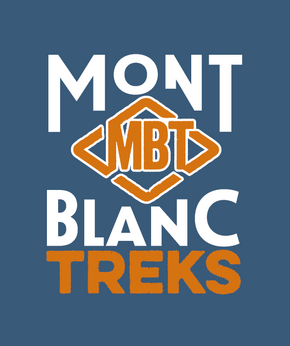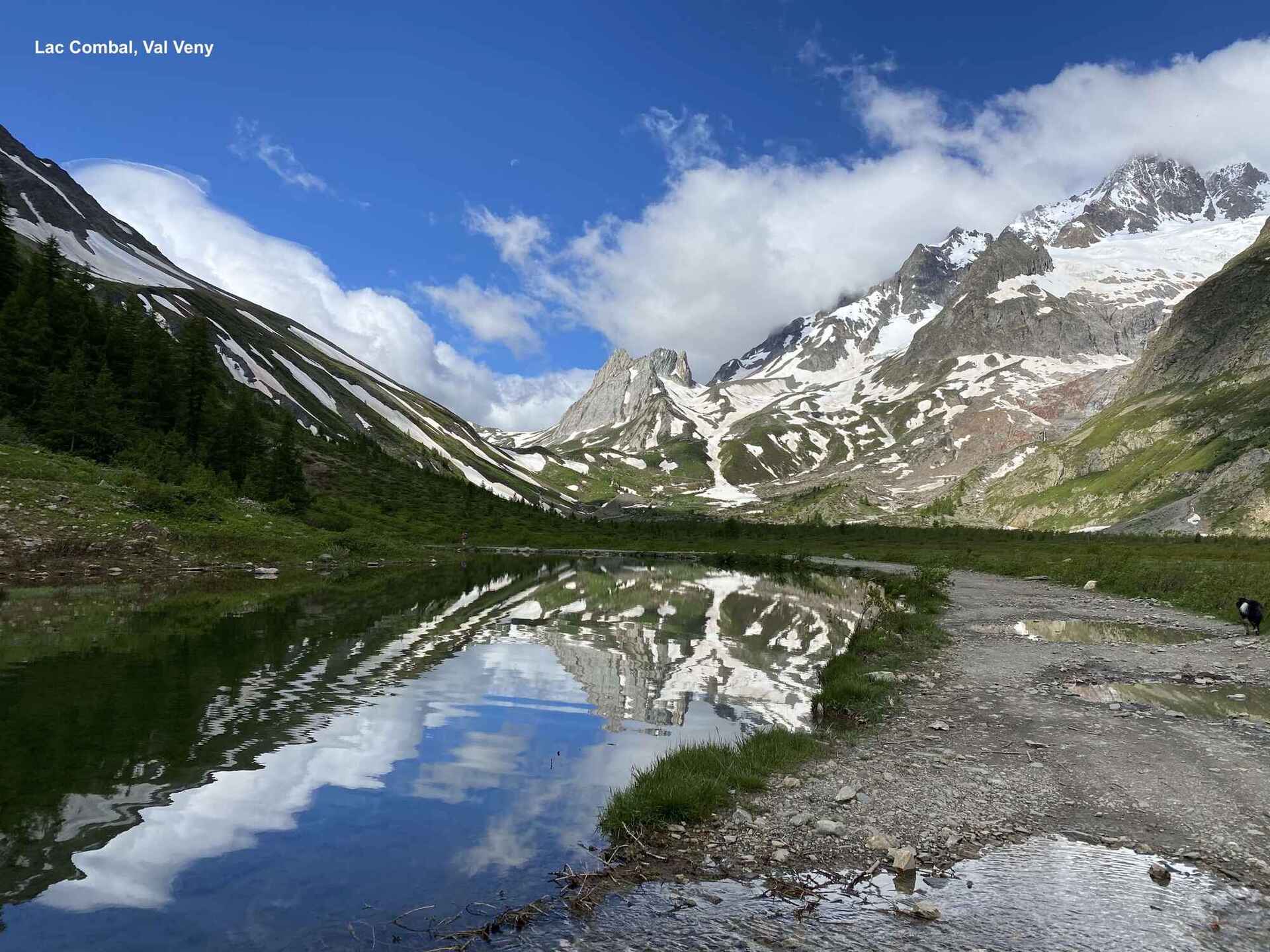Who would have thought a few months ago that it would be all systems go in June!? Since the lifting of restrictions in Europe, we are now welcoming the return of our American & Canadian clients, fabulous news!
It has been so good to get out on the trail looking at the conditions in preparation for season 2021. And now the season has started! Here are the current conditions as of the 1st July.
Conditions on the Tour du Mont Blanc
The warmer weather has helped the situation tremendously, however, there is still a lot if snow on certain areas of the route & care needs to be taken.
The situation is improving daily, however, the snow above 2200m especially on shaded & north-facing slopes will take some weeks to disappear.

Snow Areas on the Tour of Mont Blanc
The challenging areas to note are:
• Contamines to Chapieux & Ville des Glaciers via the Col du Bonhomme & the Col de la Croix Bonhomme
• Col des Fours (if going via Ville des Glaciers).
• Chapieux & Ville des Glaciers to Courmayeur via the Col de Seigne
• Refuge Bonatti to La Fouly via the Grand Col Ferret
• Champex to Trient via the Fenetre d’Arpette

Daily Tour du Mont Blanc Trek Conditions
If you are doing the Westerly tour of Mont Blanc or the Best of the Tour du Mont Blanc, please refer to the relevant days)
Day 1: Chamonix to Les Houches: Still snow patches from the Col du Brevent, care needed when crossing snow.
Day 2: Les Houches to Contamines: ok no problems, the route is snow free.
Day 3: Contamines to Chapieux or Ville des Glaciers: There is still great deal of snow above 2200m, this section is not advisable without having the correct equipment with you. The traverse between the Col du Bonhomme & the Col du la Croix du Bonhomme can be very difficult with snow as a slip or fall here could cause serious injury.
If staying at the Refuge Mottets the Col du Fours is just about passable but there is still a lot of snow on the descent. If in doubt when you get to the Col du Fours retrace your steps & follow the alternative route via Chapieux.
Day 4: Mottets or Chapieux or Ville des Glaciers to Courmayeur: There are still patches of snow on the ascent & descent, care needs to be taken when traversing on snow, micro spikes & poles advisable.
Day 5: Courmayeur to Refuge Bonatti: ok via Refuge Bertone and the balcony route.
Day 6: Refuge Bonatti to La Fouly: Snow above 2200m, there are still patches of snow on the ascent & descent, care needs to be taken when traversing on snow, micro spikes & poles advisable.
Day 7: La Fouly to Champex: ok no problems, the route is snow free.
Day 8: Champex to Trient: ok via the Bovine route care needs to be taken when traversing any remaining sections of snow.
The variant via the Fenetre d’Arpette is just about passable, there are still patches of snow on the ascent from Champex Lac, great care needs to be taken when traversing on snow, micro spikes & poles essential.
Day 9: Trient to Argentiere: Still some snow patches but passable with care.
Day 10: Argentiere to Chamonix: Still some snow patches but passable with care.

Essential kit for the Tour du Mont Blanc 2021
• All kit outlined on our kit list gloves, warm hat, warm layers, waterproof outer layers, sun cream & sunglasses to protect against snow glare.
• MICRO spikes (see photo) & walking poles x 2 per person to aid balance, if you don’t have these then they can be purchased from Chamonix.
• Gaiters might be as good idea to keep the snow out of your boots when walking through snow.
Important to remember
Walking on snow can be very tiring and time-consuming, you will need a good level of fitness in order to be able to cope with this additional challenge. You will also need to allow more time each day to get to your destination.
Snow and bad weather can make navigation difficult as you cannot see the designated path and route markers and signage will be covered with snow although you will find tracks in the snow.
Good navigational skills are essential, the ability to read a map, use a compass and altimeter are pre-requisites if you are doing a self-guided trek of the Tour of Mont Blanc.
You need good mountain sense and the ability to make your own decisions, it is your responsibility to select alternative routes from the information you have at hand (map, guidebook & route & safety cards, etc).
Please contact us for further information



